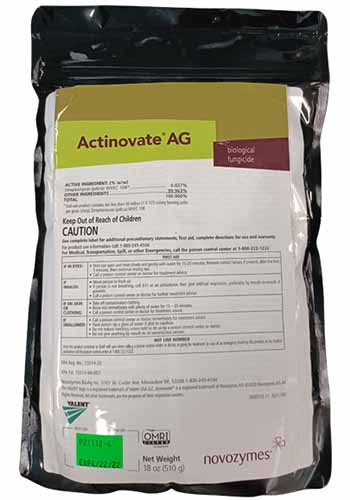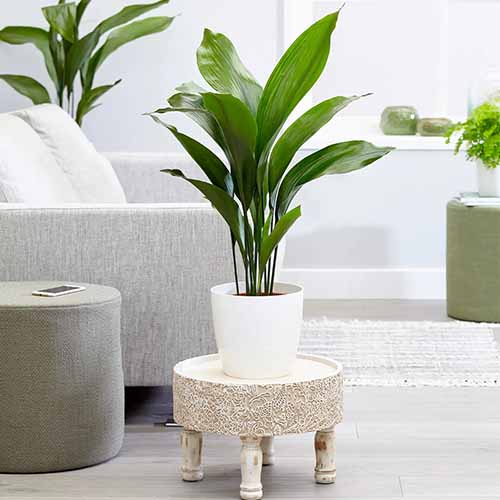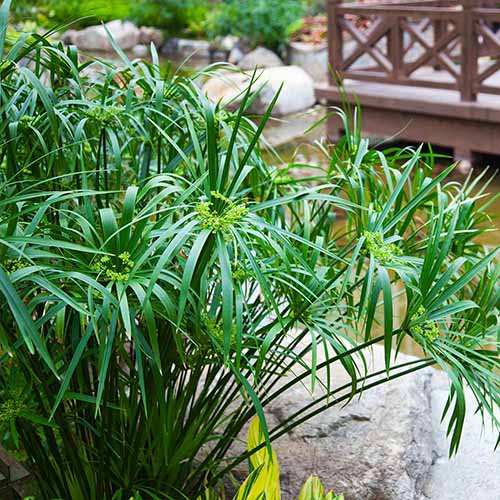Has your beforehand perky, lush, and inexperienced houseplant out of the blue turned sickly yellow and droopy, or are there brown areas on the foliage and dropping leaves?
Root rot is a daily state of affairs in houseplants. On account of they’re grown in such small environments in contrast with what they’d expertise in nature, they’re much more delicate to extremes just like an excessive amount of water. And an excessive amount of water is a direct trigger behind root rot.
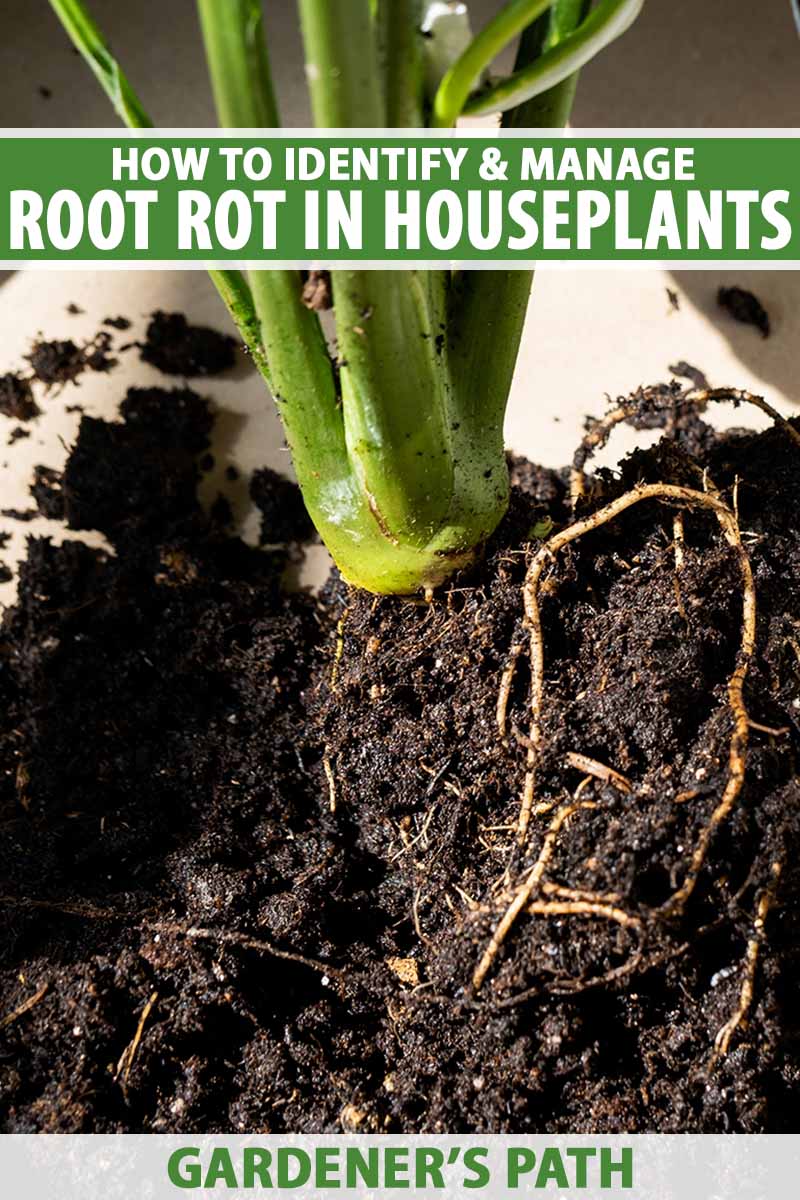

We hyperlink to distributors which will allow you to uncover related merchandise. For a lot of who purchase from one among our hyperlinks, we would earn a cost.
Practically any species is inclined to root rot, although some are additional resilient than others.
Arising, we’ll provide help to set up in case your plant has root rot and what to do about it.
Correct proper right here’s what I’ll cowl:
Managing Root Rot in Houseplants
Prior to we work out how one can resolve it, let’s discuss what causes root rot.
Causes of Root Rot
There are two main causes of root rot. The primary is an abiotic state of affairs when there is also somewhat rather a lot water all through the soil that the roots really drown.
When the soil is oversaturated, the roots aren’t capable of entry sufficient oxygen, and so they additionally begin to flip gentle and mushy. Similar to one different creature when it’s disadvantaged of oxygen – the plant begins to die.
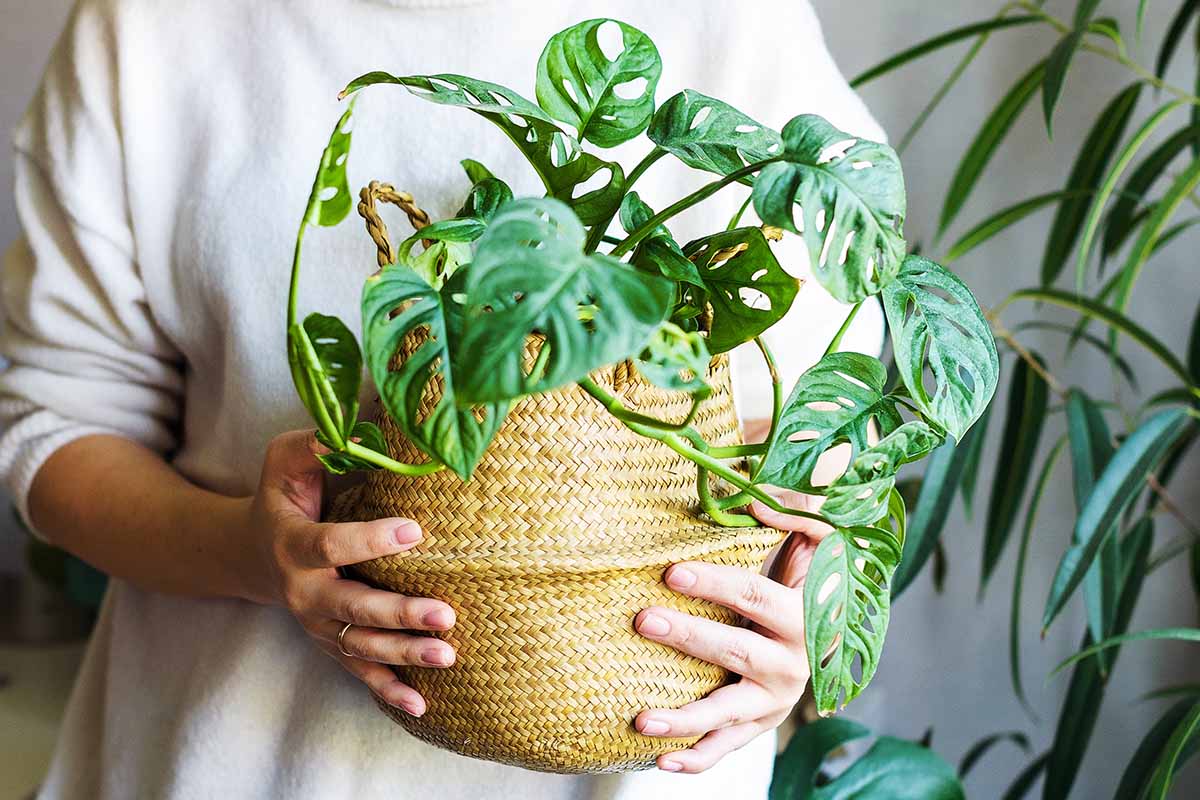

Along with, there are fairly a number of utterly completely completely different fungi and water molds (oomycetes) that may set off the issue, nonetheless Fusarium spp., Pythium spp., Phytophthora spp., Rhizoctonia spp. are the most typical and assault the broadest differ of vegetation.
All of those pathogens thrive in excessive moisture and can in all probability be unfold by way of water, in contaminated soil, on contaminated gadgets, and by bugs, significantly aphids. The pathogens enter the plant by way of broken vascular tissue.
The pathogens aren’t airborne, nonetheless as soon as you have purchased a moist house or rising home, they’re going to unfold by way of the water droplets all through the air.
Indicators
The indications of this illness can differ relying on the species affected. However on all the, you’ll see yellowing leaves, brown patches on the foliage, dropping leaves, and stunted progress.
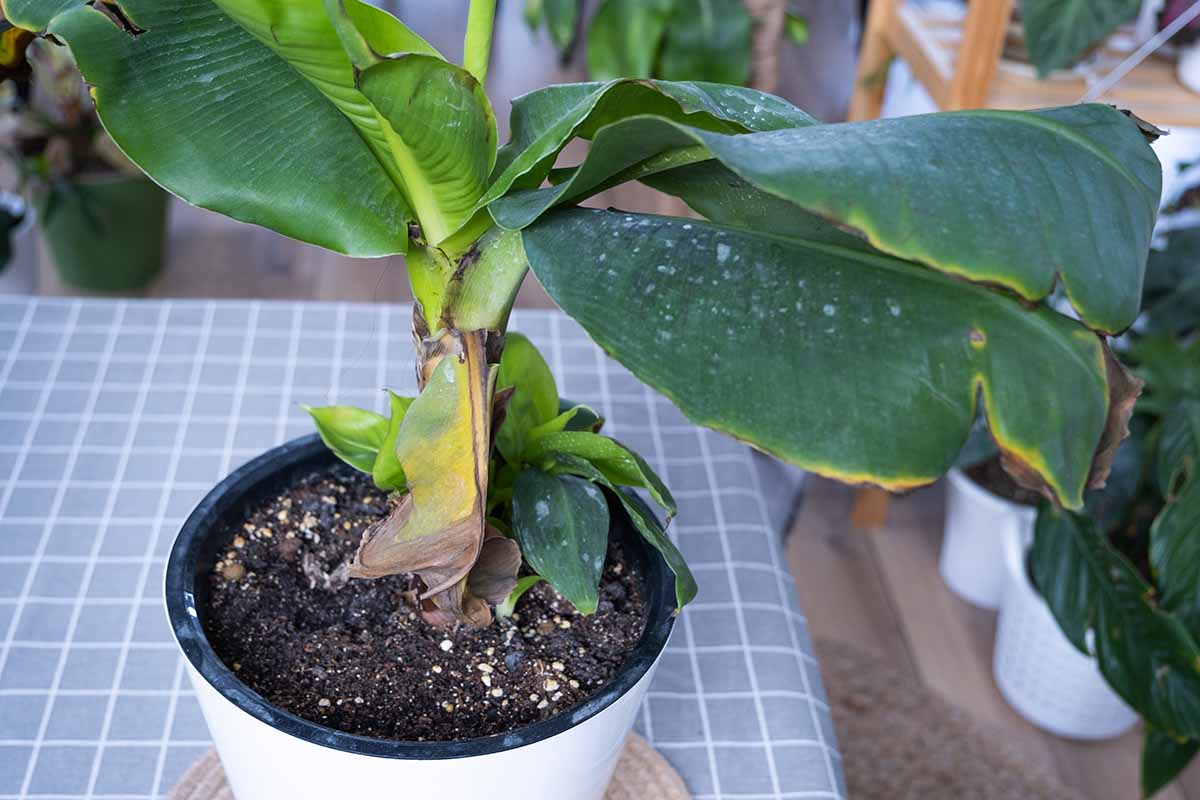

The plant is also wilting although the soil feels adequately moist.
The only possibility to tell if the illness is current is to take away the houseplant from its container and examine the roots.
You’ll usually see brown, black, darkish, soggy roots. Quite a few of the tissue is also healthful nonetheless there’ll perhaps be distinct proof of rotting areas.
All through the case of huge, woodier vegetation like some palms and Ficus species, the outer layer of the roots – typically known as the dermis – may slough off, leaving the pale inside uncovered.
You may additionally uncover a foul odor. For a lot of who’ve ever sniffed the sooner water in a vase that has been holding reduce flowers, you understand the scent.
Prevention
Root rot is type of frequently preventable. One in all many best methods to steer clear of it’s to be cautious about how somewhat rather a lot and the best way by which you water.
Keep away from overwatering by testing the soil collectively collectively together with your finger or a moisture meter before you water.


Don’t rely on a watering schedule, since each species is totally completely completely different and may take up moisture in another case relying on the temperature, any breezes in your house, or the relative humidity in your house.
Be sure that each container you profit from has drainage holes. You presumably can place a container with drainage inside an ornamental pot, nonetheless you will need to undoubtedly empty it out half-hour after watering. The equal applies within the occasion you happen to utilize any type of water-catching saucer.
Use a well-draining potting soil acceptable for the species that you just simply’re rising, and don’t put a layer of rocks or damaged pottery on the underside of the pot. This actually makes the issue worse, not bigger.
Everytime you water, you will need to undoubtedly apply the water to the soil, not on the leaves. Or use the backside watering methodology.
You presumably can be taught additional about how one can water houseplants in our information.
All the time use clear, updated soil and wipe any gadgets or containers with a ten % bleach reply before pruning or potting up.
Everytime you carry a mannequin new specimen house, isolate it for per week or two to verify it doesn’t have any indicators of illness to steer clear of spreading the pathogens to your completely completely different vegetation.
Lastly, steer clear of stressing your vegetation. A careworn houseplant is additional inclined to pathogens current all through the soil. Inappropriate gentle, drought, and pest factors can all set off stress.
Therapy
The first step in remedy is to take away the plant from the container and take away all the soil.
You may should rinse the roots in a stream of lukewarm water, or it’s going to merely brush away if it isn’t oversaturated.
For a lot of who occur to catch a whiff of 1 issue disagreeable, type of an identical to the sooner water in a vase holding a bouquet of flowers, that’s an essential indication of root rot.
When you might presumably have all the roots uncovered, look them over fastidiously. For a lot of who uncover any which could possibly be black, soggy or damaged, reduce these off with a clear pair of scissors or clippers solely a bit above the place the hurt ends. You need nothing left nonetheless clear, healthful roots.
Wipe the sooner container out with a ten % bleach reply.
Spray the roots with a fungicide formulated for root rot or a broad-spectrum fungicide. There are a variety of choices inside the market, nonetheless you don’t should search for one factor fancy. A standard selection is copper fungicide.
An alternative choice is Actinovate AG, which incorporates the helpful microbe Streptomyces lydicus WYEC 108.
This extraordinarily environment friendly fungicide is in the marketplace at Arbico Organics in an 18-ounce bag.
That’s sufficient to maintain various vegetation repeatedly, so it’s ultimate within the occasion you happen to’re coping with quite a lot of specimens or simply should be positive you might presumably have one issue on the market.
After you might presumably have trimmed off all the rotten tissue and handled the roots, repot the specimen with updated, clear potting soil. Proceed to soak the soil with a fungicide in keeping with the producer’s instructions till healthful new progress emerges.
Going ahead, use a soil moisture meter and be considerably cautious to not overwater.
Resistant Species
For a lot of who really can’t cease overwatering your houseplants, every get an epiphytic species and mount it on picket or wire, or stick with rising air vegetation (Tillsandia spp.). It’s practically not potential to overwater a mounted specimen!
Along with, there are a selection of species that aren’t weak to this instance. These are some good alternatives:
Strong-Iron Plant
As their frequent title suggests, cast-iron vegetation (Aspidistra spp.) are extremely efficient. Actually extremely efficient.
You’d should completely drown this houseplant for a sustained interval to kill a cast-iron plant.
The strap-like leaves will be present in fairly a number of shades of inexperienced and may have fairly variegation contained in the sort of spots and or traces.
Yow will uncover cast-iron vegetation in one- and three-gallon containers in the marketplace at Quick Rising Bushes.
Be taught additional about cast-iron vegetation in our information.
Cyperus
Cyperus species like umbrella sedge or papyrus plant (C. alternifolius) are terribly tolerant of moist ft.
They develop in swampy areas all through the wild, so that should return as no shock. For a lot of who’re a convicted overwaterer (raises hand), ponder this palm-like species.
Quick Rising Bushes carries this beautiful species within the occasion you happen to’d wish to carry one (or additional) house.
Fuchsia
For a lot of who develop fuchsia (Fuchsia spp.) as houseplantsyou’ll not solely be handled to the engaging blossoms, nonetheless a specimen which will tolerate soggy circumstances as efficiently.


Whereas they’re going to technically endure from root rot, you’d really should make an effort.
Ficus
Many Ficus species are proof in opposition to root rot, each from overwatering and from pathogens, nonetheless not all. Fiddle-leaf figsfor one, appear to be additional inclined than others all through the genus.
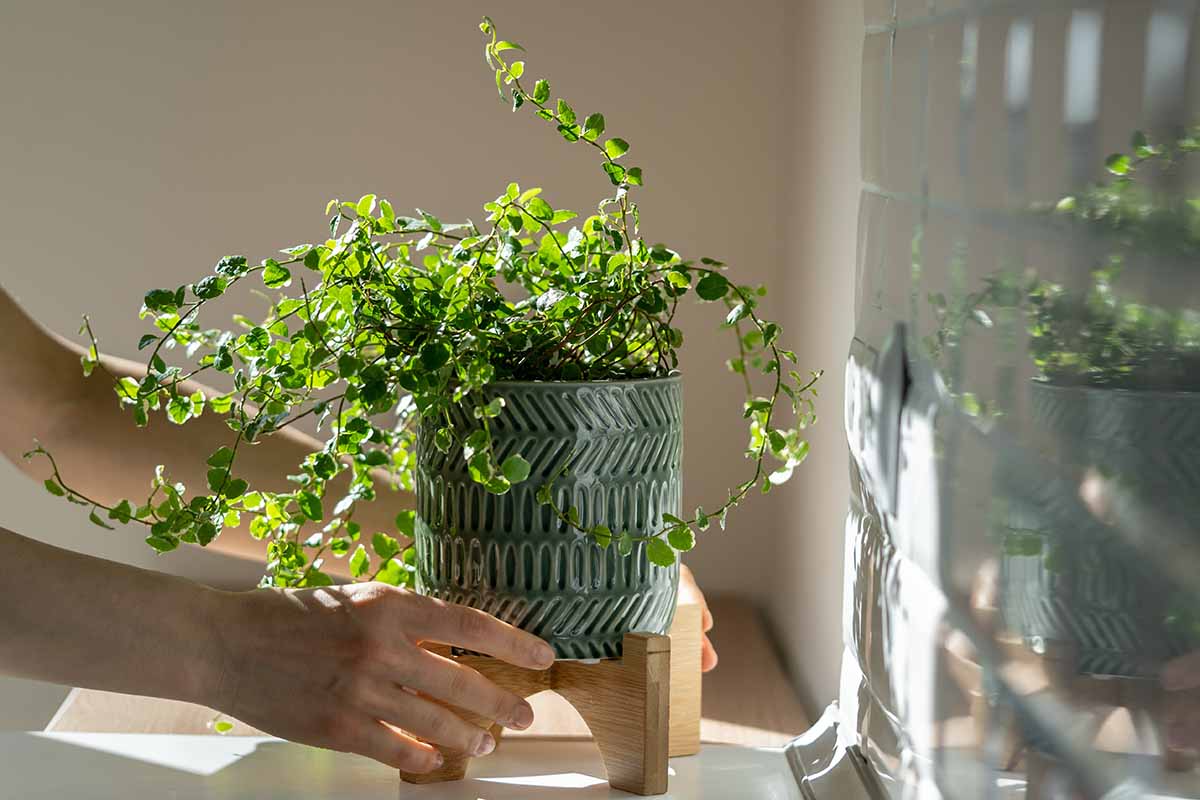

My first expertise with this illness was a fiddle-leaf fig that I overwatered for months before I observed what I’d carried out incorrect.
It misplaced half of its leaves and wanted some essential rehab, nonetheless it’s nonetheless with me and lovelier than ever in any case these years.
However creeping figs (F. line up), for example, obtained’t flinch at an excessive amount of water.
Be taught additional about rising ficus vegetation in our information.
Ivy
Ivy (Ivy helix) isn’t one of the best houseplant to develop, which is ironic given how prolific it’s outside.
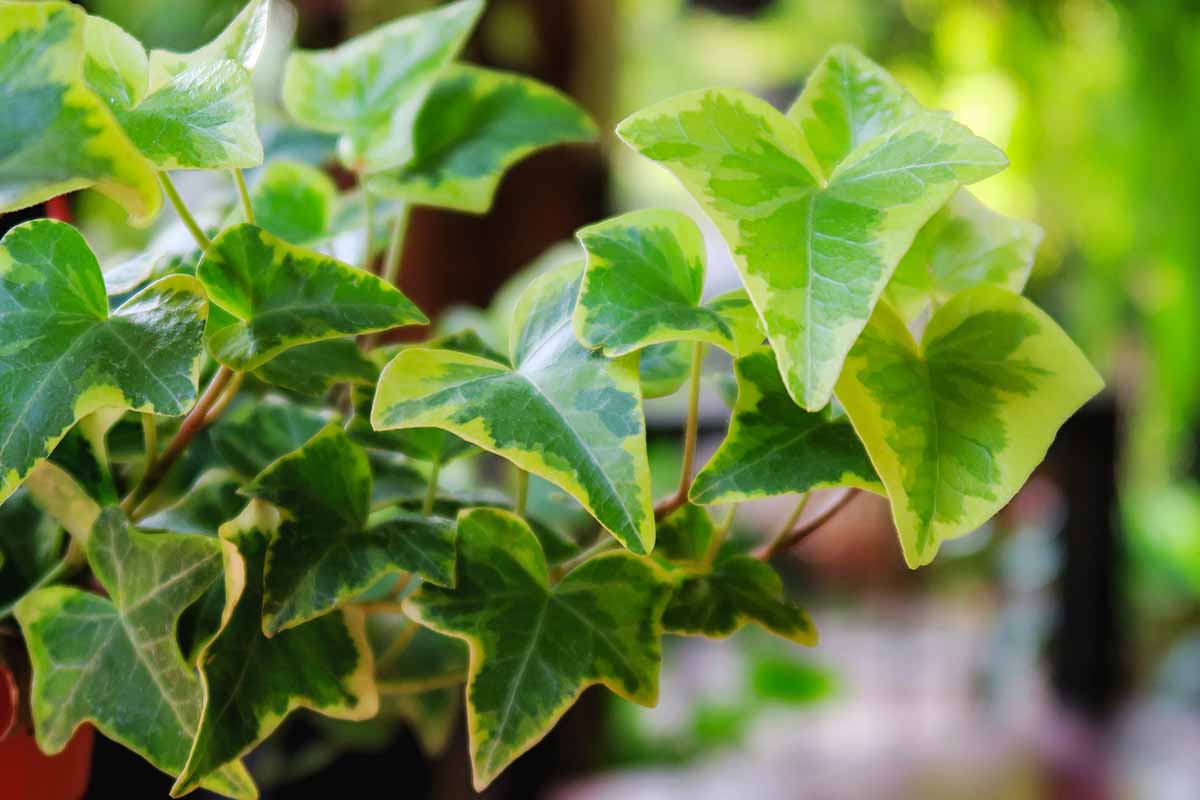

However of all the factors that may make your ivy sad indoors, root rot in all probability obtained’t be one among them.
For a lot of who’d wish to know additional about how one can develop ivy indoors, take a look at our information.
There’s No Motive to Bear With Root Rot
Root rot might be going one among many additional frequent factors when rising houseplants, nonetheless that doesn’t counsel it has to set off drawback in your indoor yard.
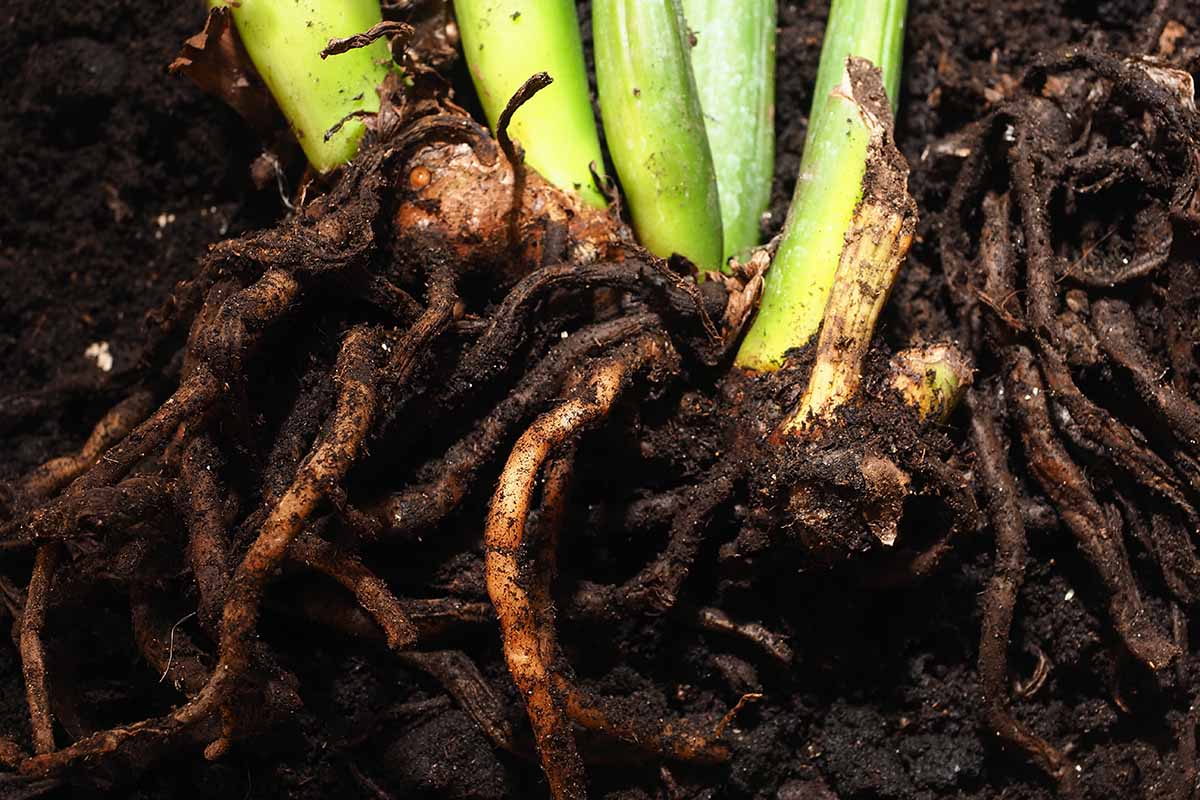

As I stated, it is attainable you will largely steer clear of root rot within the occasion you happen to take a number of precautions. Even when it this illness does flip into an issue, it is attainable you will maintain it within the occasion you happen to catch it early sufficient and save your vegetation from optimistic doom.
Are you fighting root rot? What indicators are you seeing? Inform us all through the options half beneath.
And for additional particulars about rising houseplantstake a look at these guides subsequent:

